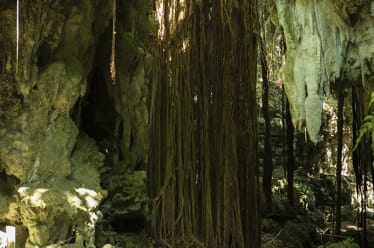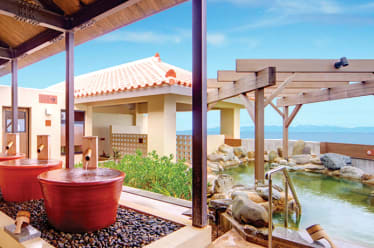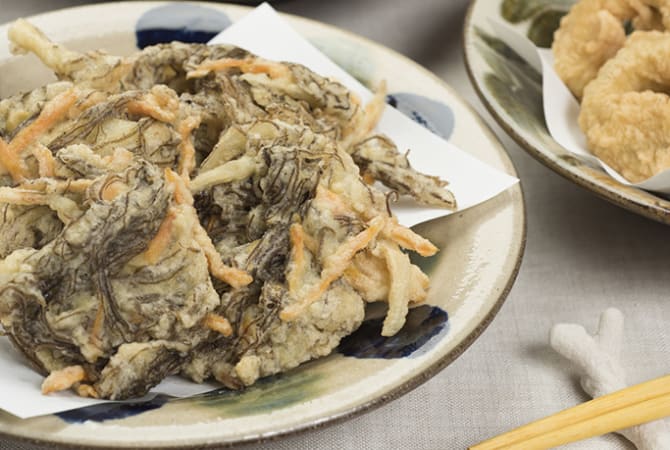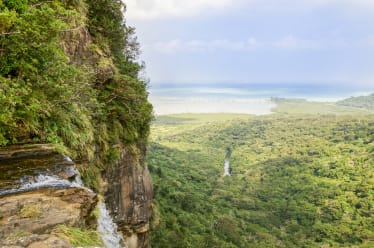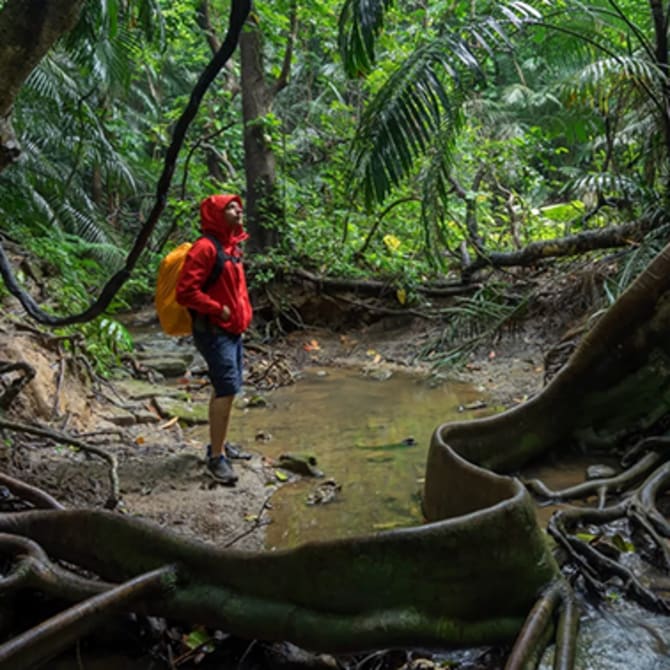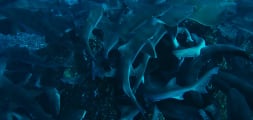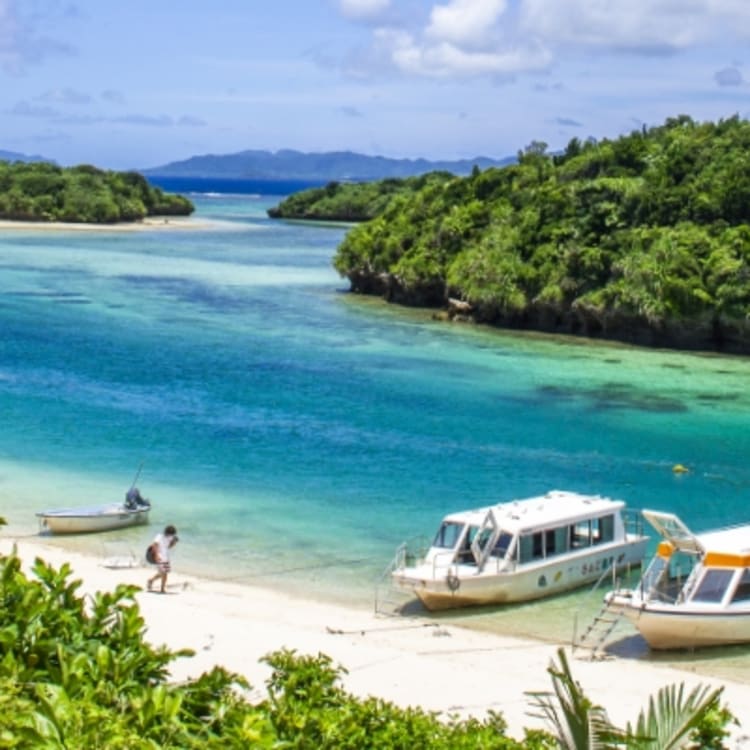
Okinawa Diving Guide
Okinawa, a chain of 160 islands located at the southwestern tip of the Japanese archipelago, is a very popular travel destination, drawing visitors from both Japan and abroad. Many go on to become repeat visitors!
What makes Okinawa so special? The subtropical climate, a beautiful ocean that is clear year-round, and a unique and fascinating culture are just some of the reasons. Of the many things that visitors can do in Okinawa, water activities such as snorkeling and scuba diving are among the most popular, thanks to Okinawa’s breadth of fascinating dive sites.
The marine life in the waters of Okinawa is very diverse, nurtured by the nutrient-rich Kuroshio current that flows in from the south. Unlike the dive areas near Tokyo, Okinawa is thriving with coral reefs and tropical reef fish, and its sites also boast a good chance of encountering larger creatures such as manta rays, whales, whale sharks, and more!
Each of Okinawa’s islands has its own unique destinations and culture. Learn about them here so you can decide where to get started!
What you can see
Experience diving in Okinawa!

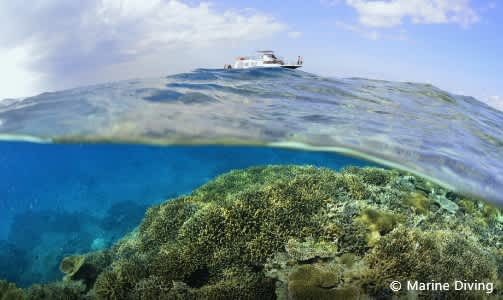

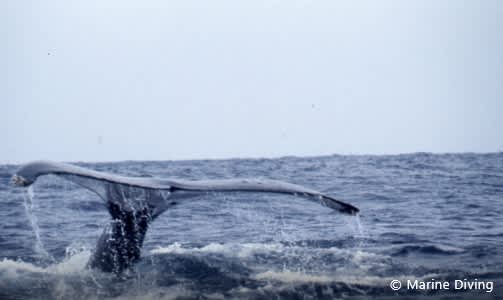
Season Calendar for Divers
Diving Areas
OKINAWA ISLAND
The main island is the largest and the most populous island of Okinawa. Naha, the capital of Okinawa, is situated in the southern part of this island. Once the center of the Ryukyu Kingdom, it hosts many historical sites in addition to tourist attractions. Okinawa Island offers a variety of different styles of diving, but its most well-known snorkeling and dive site is the “Blue Cave” of Cape Maeda on the west coast. It is a partially-submerged cave that lets in sunlight through its underwater entrance, giving the surface of the water inside the cave a stunning blue glow that serves as its namesake.
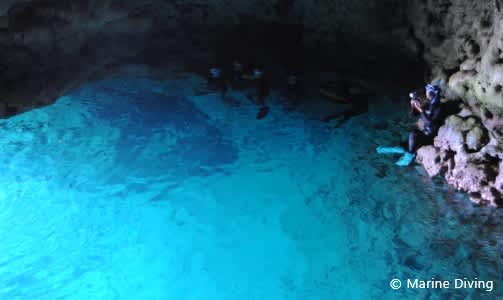
KERAMA ISLANDS
The Kerama Islands, west of Okinawa Island, is mostly uninhabited, with 20 uninhabited islands and just four that are inhabited: Tokashiki, Zamami, Aka, and Geruma. These islands boast close to 100 dive sites, all accessible by boat from the four inhabited islands or from Okinawa Island. With waters that are exceptionally clear and typically calm and peaceful, the dive sites of Kerama are especially great for beginners. The Kerama Islands are also famous for humpback whale watching during the winter season.

KUME ISLAND
Kume Island is a picturesque diamond-shaped island, located approximately 100 km west of Naha. It is famous for gorgeous must-visit Hate-no-hama, possibly the longest sandbank in Japan!
The waters around Kume Island are also full of fascinating dive sites. At Manta Station, there is a chance of encountering rare black manta rays. At Tombara and Imazuni, you may find large schools of pelagic fish such as dogtooth tuna and bigeye trevally. Ahra Oyakoiwa, a cavern dive site, is also a fun place to dive. Kume island offers everything a diver wants to experience!

MIYAKO ISLANDS
The Miyako Islands consist of six islands, all made entirely out of coral limestone. These islands are famous for their unique cavern dive sites created by erosion. Tori-ike is a popular dive site where you can cross over to a freshwater pond from the ocean through an underwater tunnel, traversing fresh and saltwater in one motion. At Antoni Gaudi, a dive site named after the famous architect, you can enter a unique cavern that looks like his designs. The Miyako Islands are also known for Yabiji, a large coral reef group of more than 100 coral reefs.

ISHIGAKI ISLAND
Ishigaki is the central and main island of the Yaeyama Islands and features many worthwhile destinations. Dotted with manta ray cleaning stations, it is a popular destination to see manta rays throughout the year. The four most notable sites are Kabira Ishizaki Manta Scramble, Manta City Point, Yonara Channel, and Panari Big Corner. There are also beautiful dive sites that can be reached by boat from Kabira Bay, the most famous sightseeing spot in Ishigaki.

IRIOMOTE ISLAND
Iriomote Island is the second-largest island of Okinawa. Most of the island is covered in primeval forest, with many beautiful waterfalls and rivers. Indigenous species like the Iriomote wild cat can be found in the mountains. As a diver, you do not want to miss the dive sites around nearby Nakano-ogan Island: there are about 50 dive sites with high chances of encountering large schools of pelagic fish such as dogtooth tuna, bluefin trevally, rainbow runner, and big fish such as whale sharks.

YONAGUNI ISLAND
Yonaguni is the westernmost inhabited island of Japan. It is well-known for the schools of hammerhead sharks that can be seen at Irizaki from winter to spring, as well as for an enormous underwater monument, said to be the remains of an ancient city, that is popularly referred to as Underwater Ruins. Most of the islands of Okinawa are best visited from summer to fall, but Yonaguni is the opposite, with the best ocean conditions to see the Ruins and the schools of sharks being from winter through spring.

How to get there
Fly to the Tropical Islands of Okinawa
Okinawa is a very popular dive destination in Japan. Most of its 160 islands can be reached via Okinawa Island. Naha Airport on Okinawa Island handles many direct domestic and international flights and acts as a gateway to Okinawa’s other islands. It takes less than 4 hours to get to Naha Airport from Japan’s major airports: Haneda and Narita in Tokyo and Kansai Airport in Osaka. Once you get to Okinawa Island, you can take a ferry to the surrounding islands or catch a connecting flight to the farther islands. If you are headed to Ishigaki or Miyako Island, there are also direct flights from Tokyo and Osaka.























































